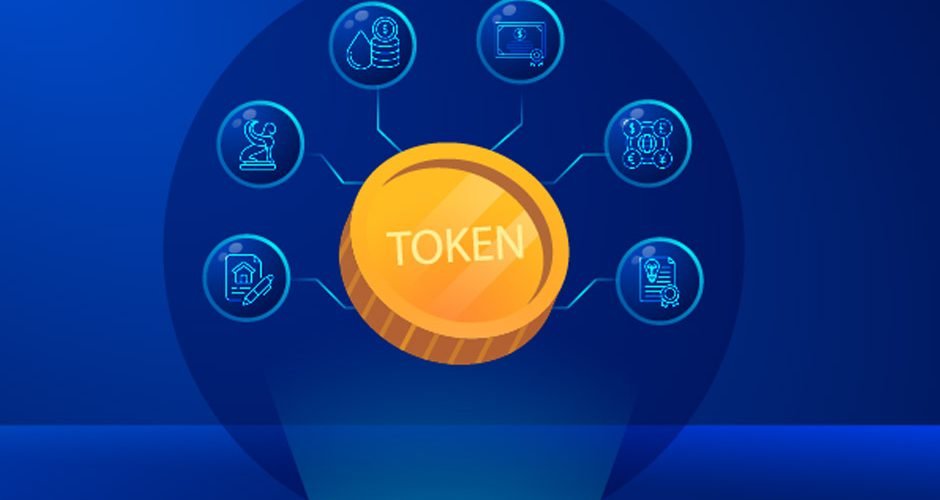It’s no secret that data breaches have affected billions of people.
For most malicious data breaches, the primary motive is financial gain. Cybercriminals often sell account information and personally identifiable information, such as Social Security numbers, on the dark web.
According to International Business Machines Corporation, they can fetch about $500 for bank login credentials alone.
Tokenization, however, is helping people protect their sensitive details from many risks associated with traditional data breaches. This concept is shaking up the investment world, as well. Investors are tokenizing real-world assets. And why not? This process makes traditionally illiquid assets more accessible, divisible, and tradable.
Experts predict that the market for tokenized real-world assets will reach $30.1 trillion by 2034.
Got a few investments under your belt and are curious about blending traditional assets with cutting-edge technology? This guide is for you. We’ll break down what tokenization is and share a few tips to help you get started.
Table of Contents
What is Real-World Asset Tokenization?
Tokenization involves using blockchain technology to create digital tokens that represent ownership of real-world assets. That is to say, real-world asset tokenization is the digital proof of ownership of an asset, which is represented by a token on a blockchain. These tokens can be stored, traded, and used as collateral on blockchain networks.
Many types of real-world assets can be tokenized. A few possible ones, according to Polymesh, include real estate, contracts, loans, invoices, commodities, fine art, and guarantees. However, it’s also possible to tokenize rare wines and transportation assets like airplanes and ships.
Real-world asset tokenization, Encyclopædia Britannica says, is democratizing access to investment opportunities. As tokenization breaks down these large assets into smaller, more affordable pieces, it allows investors to own a small share of it in the form of digital tokens.
For example, you might not be able to buy a $500,000 apartment on your own. But you could own a portion of it with a much smaller investment through tokenization.
3 Tips for Getting Started in Real-World Asset Tokenization
Here are a few tips that will help you navigate real-world asset tokenization with ease:
1. Do Your Homework on Asset Tokenization Platforms
Tokenized assets aren’t traded on traditional stock exchanges. There are dedicated blockchain platforms or marketplaces for trading these tokens.
The thing, however, is that not all tokenization platforms are created equal. Each platform that hosts and trades tokenized assets operates differently, with unique rules, fees, and risk levels.
You’ll want a platform with a solid track record, strong security, and transparency about how your tokens are managed. So, vet thoroughly.
Look into their history, customer reviews, and—most importantly—their regulatory compliance. If a platform isn’t compliant with financial regulations, there’s a good chance your investment could be at risk.
Check out their fees, as well. Some platforms charge for transactions, others for withdrawals, and these can add up.
2. Factor in the Asset’s Liquidity Potential.
Tokenization promises liquidity. But liquidity can vary widely depending on the type of asset and how popular the token is.
Take real estate, for example. According to Blockworks, real estate is barely liquid in the real world. The complex legal process for ownership changes—enforcing leases for cash flow, maintenance, etc—and difficulty in pricing makes it illiquid.
Tokenization of individual real estate introduces a new problem. Holding a token does not automatically confer legal title to the underlying asset, such as a house. The legal framework is important to ensure token holders have legitimate claims to the physical property.
When it comes to liquidity, stablecoins are the most liquid real-world assets. Unlike other real-world assets, stablecoins maintain stable value by being pegged to fiat currencies or low-volatility assets. This reduces the risk of liquidity crunches similar to those experienced in past financial crises.
Before investing, check how actively an asset is traded on a particular platform and be aware of any fees that might apply when you’re buying or selling. This can help you avoid surprises if you want to cash out quickly.
3. Diversify Across Asset Classes
Tokenized assets open up new doors for diversification.
Rather than pouring all your money into one tokenized property or one tokenized commodity, try spreading it across different asset classes. You can buy small stakes in real estate, art, commodities, and even unique items like vintage cars or luxury watches. This can help cushion the blow if one sector faces downturns.
Don’t spread yourself too thin, though. Tokenized assets are a relatively new and evolving field. Too much diversification can lead to a diluted portfolio that will be hard to manage.
Aim for a balance that provides exposure to multiple asset types while staying within a manageable range.
For intermediate investors, tokenizing real-world assets is a promising way to expand their portfolio.
Don’t dive into this new frontier headfirst, however. Approach it with caution. Do your due diligence. As with any investment, risks exist—and in this space, it pays to be extra vigilant. Diversify, research thoroughly, and only invest what you’re comfortable risking.





